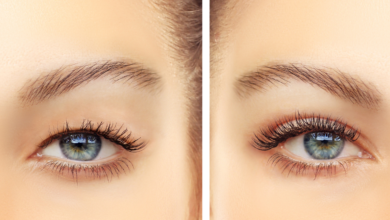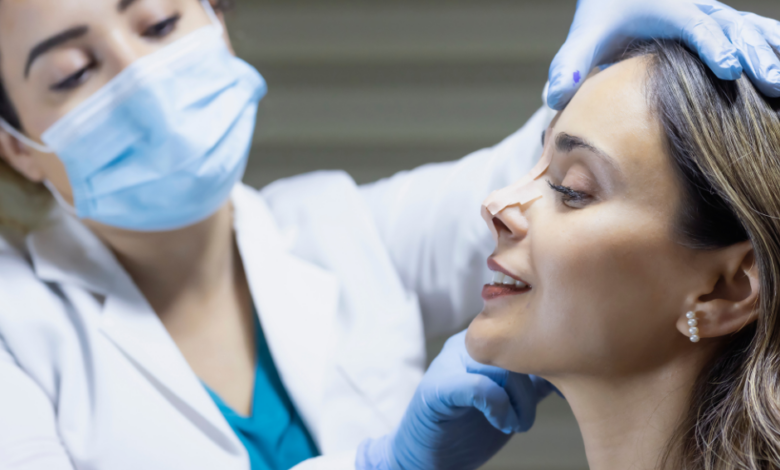
In the ever-evolving world of cosmetic surgery, the field of rhinoplasty has emerged as one of the most popular procedures sought after by individuals seeking to enhance their facial features. With Dubai rapidly becoming a global hub for medical tourism, it’s no surprise that the emirate is at the forefront of pioneering innovations and trends in the realm of rhinoplasty. This article explores the future of rhinoplasty in Dubai, uncovering the latest advancements and techniques that are revolutionizing the industry and reshaping the way individuals perceive nose surgery.

Evolution of Rhinoplasty Procedures
Historical background
Rhinoplasty, also known as nose reshaping surgery, has a long and fascinating history that dates back thousands of years. The first recorded evidence of nasal surgery can be traced back to ancient Egypt, where the procedure was performed for both cosmetic and medical reasons. Over the years, rhinoplasty techniques have evolved significantly, driven by advancements in medical knowledge, surgical techniques, and technological innovations.
Advancements in surgical techniques
With the advent of modern medicine and surgical techniques, rhinoplasty procedures have become much more refined and precise. Surgeons now have a deeper understanding of the nasal anatomy, allowing them to achieve more natural-looking results. Techniques such as open rhinoplasty and closed rhinoplasty have been developed, giving surgeons the ability to access and reshape the nasal structures with minimal scarring.
Use of 3D imaging and simulations
One of the most significant advancements in rhinoplasty is the use of 3D imaging and simulations. This technology allows surgeons to create virtual models of the patient’s nose and simulate the desired outcome of the surgery. By visualizing the potential results in advance, both the surgeon and the patient can have a better understanding of the expected outcome. This has revolutionized the field of rhinoplasty, enabling more precise surgical planning and improved patient satisfaction.

Technological Innovations in Rhinoplasty
Artificial intelligence and machine learning in surgical planning
Artificial intelligence (AI) and machine learning have emerged as powerful tools in the field of rhinoplasty. These technologies can analyze large datasets of patient information, including facial images and medical records, to assist surgeons in surgical planning. AI algorithms can predict nasal shape changes and simulate different surgical techniques, helping surgeons choose the most appropriate approach for each patient. This technology also aids in minimizing the risk of complications and optimizing surgical outcomes.
Virtual reality training for surgeons
Virtual reality (VR) training has gained popularity in various surgical specialties, including rhinoplasty. Surgeons can now immerse themselves in realistic virtual surgical scenarios, allowing them to practice and refine their skills before performing actual surgeries. VR training enhances surgical precision, reduces errors, and provides a safe environment for surgeons to develop their expertise. This technology ultimately leads to improved patient outcomes and increased patient confidence in their surgeon’s abilities.
Robotic-assisted rhinoplasty
Robotic-assisted surgery is another technological innovation that has found its way into the field of rhinoplasty. Robotic systems can assist surgeons in precise surgical maneuvers, enhancing the accuracy and safety of the procedure. These systems use advanced robotics and imaging technology to guide the surgeon’s instruments, allowing for more controlled and precise bone reshaping. Robotic-assisted rhinoplasty offers several benefits, including reduced surgical time, improved surgical outcomes, and enhanced patient satisfaction.
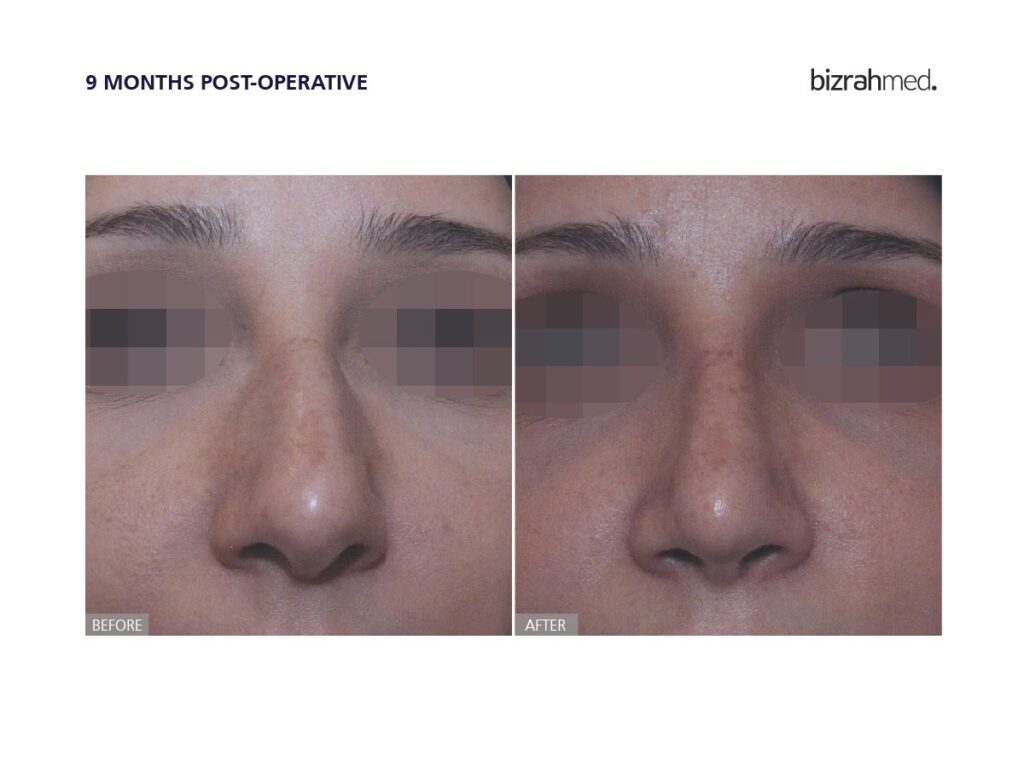
Non-Surgical Rhinoplasty Options
Injectable fillers for nose reshaping
Non-surgical rhinoplasty has gained popularity as a less invasive alternative to traditional surgical procedures. Injectable fillers, such as hyaluronic acid, can be used to reshape the nose by adding volume and contouring specific areas. This approach is particularly beneficial for patients who desire subtle changes or have concerns about surgical risks. Non-surgical rhinoplasty has the advantage of minimal downtime and quick results, making it an attractive option for those seeking minor nose enhancements.
Thread lifting for nose contouring
Thread lifting is another non-surgical option for nose contouring and reshaping. This procedure involves the insertion of dissolvable threads into the skin, which are then carefully manipulated to lift and reshape the nose. Thread lifting can address concerns such as droopy nasal tips or asymmetry. The results of thread lifting are subtle yet noticeable, and the procedure requires little downtime compared to traditional surgical rhinoplasty.
Non-surgical 3D printing of nasal implants
In recent years, 3D printing technology has revolutionized many industries, including medicine. Non-surgical rhinoplasty can now be performed using 3D-printed nasal implants. These implants are custom-made to fit each patient’s unique nasal anatomy, ensuring a precise and natural-looking result. The implants can be inserted through small incisions, avoiding the need for extensive surgical procedures. This innovation offers patients a non-invasive option for improving the shape and structure of their nose.

Customization and Personalization in Rhinoplasty
Patient-specific 3D printed nasal prosthetics
One of the most exciting advancements in rhinoplasty is the use of patient-specific 3D printed nasal prosthetics. These prosthetics are tailored to each patient’s specific needs, taking into account their facial features and desired outcomes. Using 3D scanning technology, surgeons can create a virtual model of the patient’s nose and design a customized prosthetic that fits perfectly. This level of customization ensures a more precise and natural-looking result, leading to increased patient satisfaction.
Genetic analysis for personalized surgical plans
Genetic analysis has also entered the realm of rhinoplasty, allowing for personalized surgical plans. By analyzing an individual’s genetic makeup, surgeons can gain insights into their unique nasal anatomy and characteristics. This information can be used to tailor the surgical approach, ensuring the best possible outcome for each patient. Genetic analysis has the potential to revolutionize rhinoplasty by providing surgeons with valuable information that can guide their decision-making process.
Virtual reality simulations for patient input on desired outcomes
Patient input is an essential aspect of the rhinoplasty process, as each individual has unique goals and preferences. Virtual reality simulations provide patients with a tool to visualize and communicate their desired outcomes to their surgeon. By using VR technology, patients can explore various options and make informed decisions about their nose reshaping journey. This level of patient involvement promotes a sense of empowerment and collaboration, resulting in more satisfying surgical experiences.
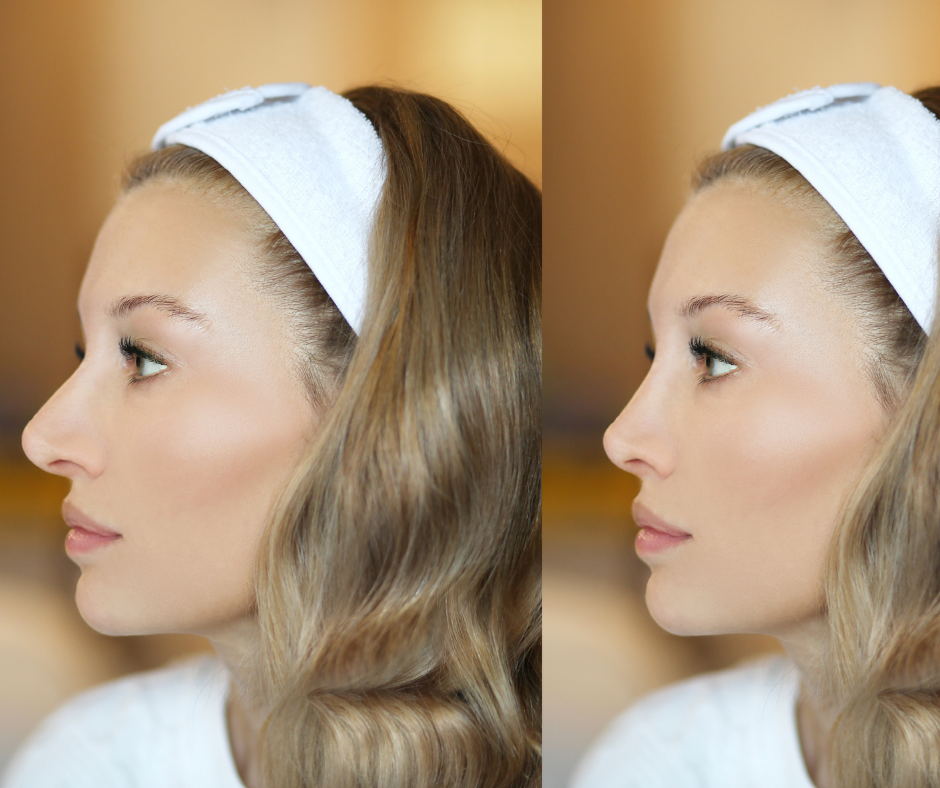
Combining Rhinoplasty with Other Facial Procedures
Simultaneous rhinoplasty and facelift
Many patients seek multiple facial rejuvenation procedures to achieve a holistic transformation. Combining rhinoplasty with a facelift is a common practice, as it allows for comprehensive facial rejuvenation. This approach addresses both the structural concerns of the nose and the signs of aging in the face and neck. Simultaneous rhinoplasty and facelift can result in a more harmonious and balanced appearance, enhancing the overall aesthetic outcome.
Chin augmentation with rhinoplasty
Chin augmentation is often performed in conjunction with rhinoplasty to achieve facial harmony and balance. The size and projection of the chin can greatly influence the perceived proportions of the nose and vice versa. By combining rhinoplasty with chin augmentation, surgeons can create a cohesive and balanced facial profile. This approach is particularly beneficial for patients with a weak or receding chin, as it can improve both the structure and aesthetics of the face.
Eyelid surgery and rhinoplasty
Another common combination of procedures is eyelid surgery, also known as blepharoplasty, with rhinoplasty. The eyes and nose are interconnected in terms of facial aesthetics, and addressing both areas can create a more youthful and refreshed appearance. Eyelid surgery can address concerns such as sagging eyelids or under-eye bags, while rhinoplasty can refine the nose’s shape and structure. By combining these procedures, patients can achieve a comprehensive rejuvenation of the upper face.
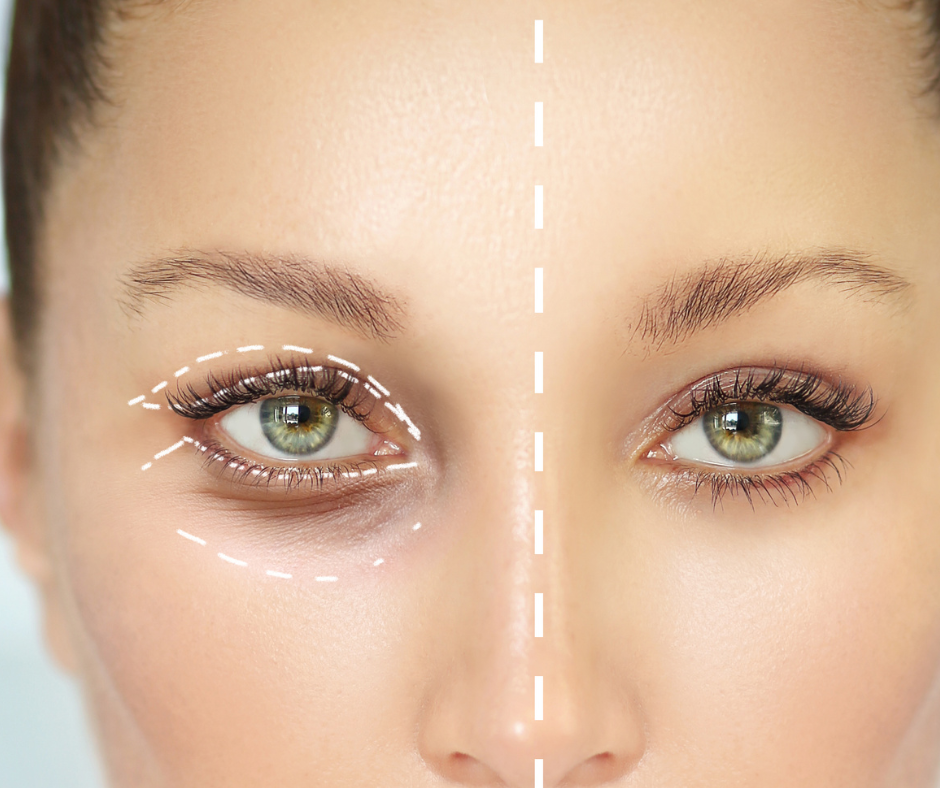
Minimally Invasive Techniques in Rhinoplasty
Endonasal rhinoplasty
Endonasal rhinoplasty, also known as closed rhinoplasty, is a minimally invasive technique that offers several advantages over traditional open rhinoplasty. In this approach, all incisions are made inside the nostrils, eliminating the need for external incisions and visible scars. Endonasal rhinoplasty is ideal for patients seeking minor adjustments to the nasal tip or bridge. The procedure offers reduced recovery time, less post-operative swelling, and a quicker return to normal activities.
Piezo-surgery for precise bone shaping
Piezo-surgery is a cutting-edge technique that utilizes ultrasonic energy to precisely shape and contour the nasal bones. This technology allows surgeons to sculpt the bones with utmost precision, avoiding damage to surrounding tissues. Piezo-surgery is particularly beneficial for patients with complex nasal deformities or those who require delicate bone adjustments. The technique minimizes the risk of complications and provides surgeons with greater control and accuracy during the bone shaping process.
Laser-assisted nasal procedures
Laser technology has also found its way into the field of rhinoplasty, offering numerous benefits for both surgeons and patients. Laser-assisted nasal procedures can be used to precisely remove excess tissue, such as cartilage or bone, without the need for traditional surgical instruments. The laser’s precision minimizes damage to surrounding structures and reduces the risk of bleeding and post-operative swelling. Laser-assisted nasal procedures often result in shorter recovery times and improved patient comfort.
Ethnic Rhinoplasty Trends in Dubai
Specific considerations for Middle Eastern patients
Dubai is a multicultural city, and its population consists of people from various ethnic backgrounds, including Middle Eastern individuals. Ethnic rhinoplasty in Dubai requires specific considerations to ensure that the surgical outcomes respect the unique nasal characteristics of Middle Eastern patients. Surgeons must be familiar with the nuances of Middle Eastern nasal anatomy and cultural preferences to deliver satisfying results. By tailoring the surgical approach to each patient’s ethnic background, surgeons can achieve natural-looking results that enhance the patient’s appearance while preserving their cultural identity.
Respecting cultural identity in surgical outcomes
Cultural identity plays a significant role in rhinoplasty, and surgeons must be conscious of the impact their work can have on a patient’s identity. In Dubai, where cultural diversity is celebrated, it is essential to respect and preserve the cultural identity of individuals undergoing rhinoplasty. Surgeons strive to achieve harmonious and balanced results while ensuring that the patient’s unique ethnic characteristics are preserved. This approach promotes cultural sensitivity and allows patients to feel confident and proud of their heritage.
Demand for natural-looking results
In recent years, there has been a growing demand for natural-looking results in ethnic rhinoplasty procedures. Patients in Dubai seek outcomes that enhance their facial features while maintaining their ethnic appearance. This shift in patient preferences has driven surgeons to adopt techniques that respect the patient’s unique nasal characteristics and deliver subtle, natural-looking changes. Surgeons in Dubai strive to achieve results that appear harmonious with the patient’s overall facial aesthetics, creating a balanced appearance that complements the individual’s ethnic background.

Post-Surgical Care and Recovery
Advancements in anesthesia and pain management
Post-surgical care and recovery are crucial aspects of the rhinoplasty process. Advancements in anesthesia and pain management have greatly improved patient comfort during the recovery period. Modern anesthesia techniques ensure that patients experience minimal pain and discomfort both during and after the surgery. Surgeons also prescribe appropriate pain medications and provide detailed post-operative instructions to facilitate a smooth and comfortable recovery.
New techniques for reducing swelling and bruising
Swelling and bruising are common after rhinoplasty, but advancements in surgical techniques and post-operative care have helped minimize these side effects. Surgeons now utilize gentle tissue handling techniques during surgery to minimize tissue trauma and reduce the severity of post-operative swelling. Additionally, the use of cold compresses, elevation of the head during sleep, and the avoidance of certain activities can further support the reduction of swelling and bruising.
Accelerated healing therapies
To promote faster healing and recovery, surgeons may employ various accelerated healing therapies. These therapies can include the use of platelet-rich plasma (PRP) injections, which contain growth factors that stimulate tissue healing and regeneration. In some cases, cutting-edge technologies such as low-level laser therapy or hyperbaric oxygen therapy may also be utilized to enhance the healing process. Surgeons in Dubai are constantly exploring innovative approaches to ensure optimal healing and recovery outcomes for their patients.
Rhinoplasty for Correcting Medical Issues
Breathing difficulties and nasal obstruction
Rhinoplasty is not solely a cosmetic procedure but can also be performed to correct medical issues such as breathing difficulties and nasal obstruction. Deviated septum, enlarged turbinates, or nasal valve collapse are among the common causes of nasal obstruction. Rhinoplasty techniques can address these underlying issues, improving nasal airflow and alleviating breathing difficulties. Surgeons in Dubai have acquired unique expertise in correcting medical nasal issues while simultaneously enhancing the aesthetics of the nose.
Repairing nasal deformities from trauma or accidents
Nasal deformities resulting from trauma or accidents can greatly impact an individual’s appearance and overall well-being. Rhinoplasty can be utilized to repair and restore the nose’s shape and function after traumatic injuries. Surgeons can realign fractured bones, reconstruct damaged tissues, and contour the nose to achieve a more natural and harmonious appearance. By using advanced techniques, surgeons in Dubai can help patients regain their confidence and improve their quality of life.
Correcting congenital nasal abnormalities
Some individuals are born with congenital nasal abnormalities, which can affect both the appearance and function of the nose. Rhinoplasty can be employed to correct these abnormalities and improve nasal aesthetics and function. Surgeons can reshape and reposition the nasal structures, addressing concerns such as cleft lip nasal deformities or septal deviations. By addressing congenital nasal abnormalities, surgeons in Dubai can help patients achieve a more balanced and harmonious facial appearance, boosting their self-esteem and confidence.
The Growing Popularity of Rhinoplasty in Dubai
Increasing awareness and acceptance of cosmetic procedures
Rhinoplasty and other cosmetic procedures have experienced a surge in popularity in Dubai in recent years. This can be attributed to the increasing awareness and acceptance of cosmetic procedures among the general population. As people become more educated about the various options available, they are more likely to seek out procedures that can enhance their appearance and boost their self-confidence. The growing popularity of rhinoplasty in Dubai is a testament to the city’s evolving attitudes towards cosmetic surgery.
Dubai as a medical tourism hub
Dubai’s reputation as a medical tourism hub has also contributed to the growing popularity of rhinoplasty. The city boasts state-of-the-art medical facilities, highly trained surgeons, and a welcoming environment for international patients. People from around the world are drawn to Dubai for its world-class healthcare infrastructure and the opportunity to combine a medical procedure with a luxury vacation. The city’s vibrant culture, beautiful landscapes, and renowned hospitality make it an attractive destination for individuals seeking rhinoplasty and other cosmetic procedures.
Cultural factors influencing rhinoplasty demand
Cultural factors play a significant role in the demand for rhinoplasty in Dubai. The city’s diverse population comprises individuals from various cultural backgrounds, each with their own ideal standards of beauty. For some, rhinoplasty is sought to enhance their facial features in alignment with cultural preferences. Additionally, social media and the global influence of beauty standards have also influenced the perception of attractiveness, further fueling the demand for rhinoplasty. Surgeons in Dubai must take into account these cultural factors when working with patients, ensuring that surgical outcomes align with the patient’s desires and cultural identity.
In conclusion, the field of rhinoplasty has undoubtedly evolved over the years, fueled by advancements in surgical techniques and cutting-edge technologies. From 3D imaging and simulations to non-surgical options and minimally invasive techniques, patients have an array of options available to meet their unique needs. Surgeons in Dubai are at the forefront of these innovations, catering to a multicultural population and fulfilling individual desires while respecting cultural identity. As the popularity of rhinoplasty continues to grow in Dubai, the future looks promising, with ongoing advancements and a commitment to providing patients with exceptional surgical outcomes and personalized care.


